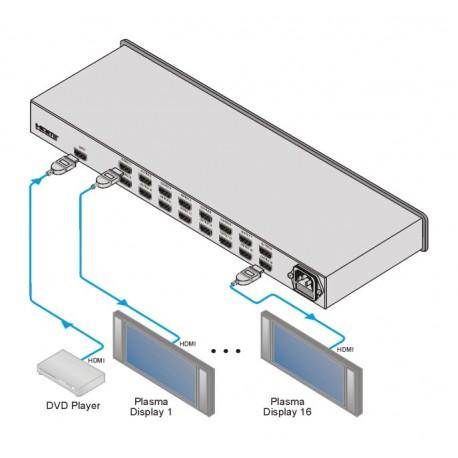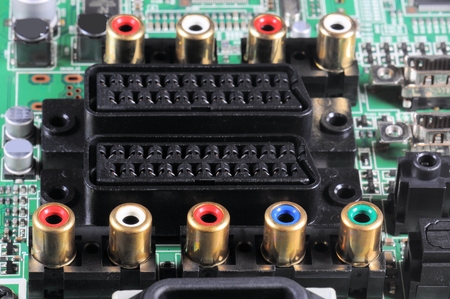
70306657 – close-up view on a digital video recorder on the part connectors. video audio input. selective focus.
With so many diverse electronics to connect to one another for audiovisual applications, sometimes supporting devices are needed to make the connection easier and of a stronger quality. Audiovisual switchers, extenders, converters, and distribution amplifiers are some of the devices used in these situations. Read on to find out what each of these does, and when or where it should be used:
- Switcher
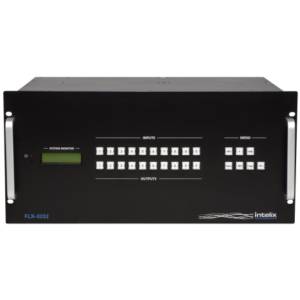
A switcher offers a central hub for the connection of many audiovisual components, helping to consolidate multiple inputs into a single output or display. The device will switch between inputs by automatically detecting a signal from a connected device, or it can be changed manually. A basic switcher might require all connected devices to support the same signal. However, more modern switchers can support multiple signal formats as well.
Use a switcher when there are multiple sources that need to be displayed through a single output. Classrooms often use multiple devices to display information with a projector. If the projector doesn’t have enough inputs to accommodate all the devices, a switcher would be the perfect solution.
- Extender
In many applications, audio and video are required to travel a long distance before being displayed. Signals running through cables or connections can only go so far before quality becomes compromised. In these cases, an extender (also known as a repeater) can help the signal reach the display without compromising on quality.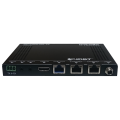
Extension devices can be passive or active. Passive extenders use transformers, and active extenders use powered amplifiers and active devices. Choosing between the two depends on the length of the extension, type of signal, and video quality expectation.
Look at the distance requirements for the audiovisual signal being used, as each is different. If the cable travel length to the display surpasses the suggested length limitation, use an extender to maintain or improve the signal quality. This can be especially helpful in large venues such as auditoriums where equipment is often located at opposite ends of the venue.
- Converter
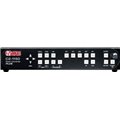
A converter alters a video signal so that the output is different from the input signal. This is necessary when an older device that uses analog signals is being used with a modern display that uses digital signals. Analog signals are fundamentally different than digital signals, requiring an active signal conversion rather than a passive one.
In any situation where an analog source is being used with a digital display, a converter will be necessary. With analog outputs on the decline due to the fast-changing nature of audiovisual technology, there are many situations where this can occur.
- Distribution Amplifier
Distribution amplifiers accept a single input and provide the same signal to multiple isolated outputs. This allows a signal to be distributed to multiple destinations without ground loops or signal degradation. An example for usage of a distribution amplifier would be having a DVD player that needs to connect to two separate displays. The DVD player is connected to the distribution amplifier, which in turn sends the signal to two or more displays.
- HDMI Audio Extractor
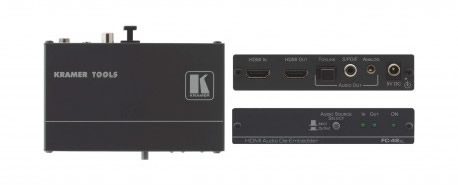
For those who want to send the source from a device, such as a Blu-ray player, to a sound bar for better audio instead of relying on the television speakers, an HDMI audio extractor will do the trick. It takes the audio from the HDMI source, duplicates it, and then sends it out to the sound bar. The video on the television won’t be disrupted during this process.
Find these audiovisual devices and more at the AV Superstore. We also have audiovisual experts available to help determine the best solution for your audiovisual needs.

